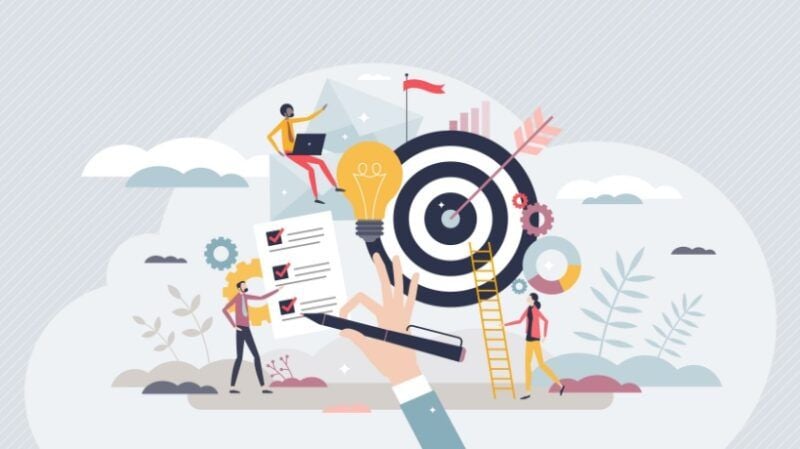
Personalized learning, empowered learners
Reusing existing products or methodologies reduces human effort, cost impact and development time burden. Adopting general products and following universal methods reduces the burden on the organization, but their effectiveness cannot address requirements and specifications at individual levels. It’s like running a relay race, holding the baton and giving it to the next athlete. Do you think a generalized product can address all individual requirements? Will passing generalized methods to the next generation achieve the same results? The obvious answer is no. So why could the same training course be used, carried over to the next generation, and face different issues in different situations? In the modern era of e-learning, the outdated ways of generalized training have faded, paving the way for a new concept: personalized e-learning.
Personalized learning is the concept of adjusting learning theory, curriculum, and learning environment to meet the needs and learning style of individual learners. Personalization is different from personalization and differentiation. Personalization provides learners with a choice of degree about what is being taught, when it is being taught, and how it is being learned.
Key points of personalized e-learning
Enabling learners to customize the various elements involved in online education is an important essence of personalized e-learning. In other words, learners are allowed to set their own goals, follow their own pace, communicate with instructors and personalize the learning process. Ideally, learners are allowed to manage learning and customize the experience by directly controlling the process and providing content.
Key Sources of Personalized E-Learning
The primary source of eLearning personalised or personalized eLearning is learner feedback through actions or written suggestions for the system. This feedback educates eLearning developers about learner expectations and requirements from a particular course or course that is relevant to that particular concept.
The role of education designers in personalized e-learning
Educational Designers (IDS) play a key role in developing and implementing personalized e-learning experiences. Those responsibilities go beyond traditional educational designs to include customising content, assessments and activities to meet the unique needs and preferences of individual learners.
According to eLearning courses, multiple factors affect learner learning ability, including age, demographics, education level, and experience. However, some important aspects to consider when personalizing your eLearning experience include:
Personalize learners
Instead of using the typical “Learner A” you personalize your course to learners by capturing your name as part of the registration process. Customize your environment
Learners decide what an online e-learning environment looks like. Create content
It reflects learners’ viewing habits and preferences such as blogs, social media sites, and other relevant content sources, including content from their learners’ environments. Customizing your learning goals
It allows learners to relate their learning goals to relate to why they are taking the course. For example, if the goal is to move from supervisor to manager, learning the goal should reinforce that goal. Charts for your own learning sequences
The learner shall create his own learning path. Create “nonlinear” content so that you can select and select a learning method. Direct “Conversation”
To make your course more personal, use phrases like “Click on the option to discuss topics here” to make it more effective, rather than “finishing the course.” Realize individual abilities
By allowing learners to select the topics they need to learn, they can benefit from saving time for important knowledge rather than getting the content they have given. Personalize your media
Not all learners are of the same type. Each follows a unique learning style. Therefore, the media presented to them should also follow the learning styles that learners prefer. Integrate adaptive learning design
The principles of adaptive learning should be integrated into the design, allowing the e-learning platform to dynamically adjust the difficulty and pace of content based on the performance of individual learners.
Final Note
Combining all of the above aspects can help you create a true personal learning environment (PLE) that allows learners to manage and control their learning. Teaching designers have made a significant contribution to the development and success of personalized e-learning experiences. Their role is not only to design effective content, but also to create a learning environment that adapts to each learner’s unique needs and preferences.


